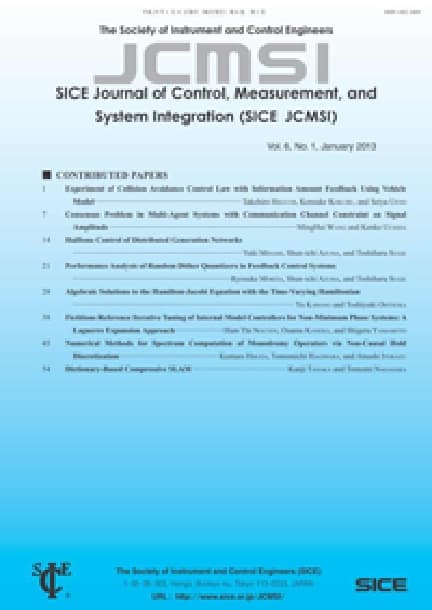Recently, as wireless infrastructure has developed widely, and smartphones have become necessary in daily life, indoor positioning devices and applications have become more and more popular. Previous studies have proposed several methods based on different wireless communication technologies. Among them, methods with received signal strength indicator (RSSI) values and trilateration methods are mainly used to obtain positioning results. However, due to abnormal RSSI values caused by noise and influence from the environment, the accuracies of these methods are not satisfying. Therefore, a new method which can reduce the positioning error is necessary. In this paper, to improve the positioning accuracy above trilateration results, an access point selection method and a kernel density estimation method are combined to obtain estimated points. Experiments are designed in actual environments, and the results of which show that the proposed method is sufficient for improving the positioning accuracy.









